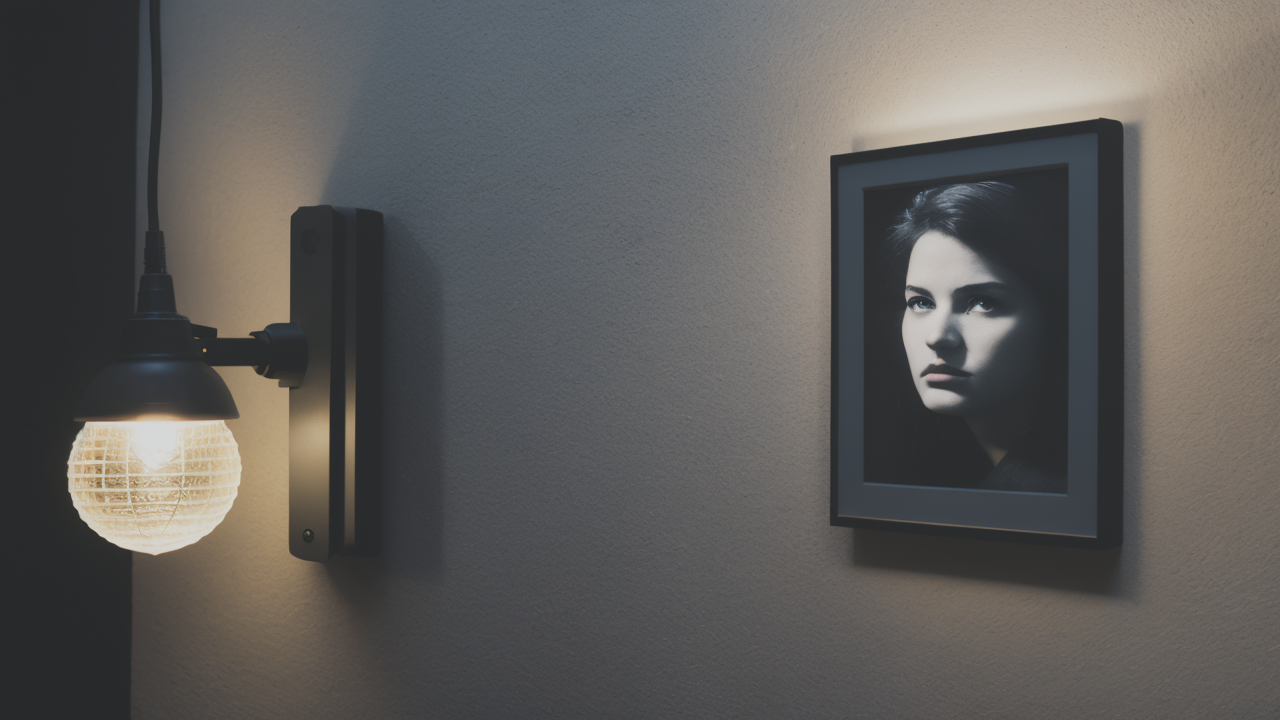
Mastering Textured Plaster Art: Techniques for Creating Dynamic Wall Sculptures
The Fusion of Texture and Portraiture: A New Frontier in Visual Art
The Evolution of Portrait Art in the Modern Era
Portrait art has come a long way in the modern era. It's no longer just about capturing a likeness. Artists now focus on emotions and stories behind the face. They use new styles and techniques to express these ideas.

Digital tools have changed how artists create portraits. Some use software to plan their work. Others blend digital elements with traditional painting. This mix of old and new creates exciting results.
Pop art has also influenced modern portraits. Artists use bold colors and repeated images. They turn everyday people into iconic figures. This style brings a fresh energy to portrait art.
The Rise of Textured Art and Its Impact on Portrait Painting
Textured art is making waves in the art world. It's changing how artists approach portrait painting. Texture adds depth and interest to flat surfaces. This makes portraits more engaging and memorable.
Artists use various materials to create texture. They might mix sand or sawdust into paint. Some use thick layers of paint applied with palette knives. Others carve into the surface of their work.
Textured portraits invite viewers to look closer. They create a desire to touch and explore the artwork. This interactive quality is drawing more people to portrait art.
Technological Advancements in Plaster Art and Their Influence on Creative Expression
New tech is changing how artists work with plaster. 3D printing allows for precise molds and forms. Computer-controlled tools can carve intricate designs. These advances let artists create more complex textures.
Digital design software helps artists plan their work. They can test ideas before touching plaster. This saves time and materials. It also encourages more daring designs.
Some artists are mixing traditional plaster with high-tech materials. This blend of old and new creates unique textures. It's opening up new ways for artists to express themselves.
Innovative Techniques in Texture Plaster Art and Their Application in Portraits
Exploring the Technological Process of Creating Textured Plaster Art
Creating textured plaster art involves several steps. First, artists prepare the plaster mix. They might add pigments or other materials to change its properties. Then, they apply the plaster to a surface.

While the plaster is wet, artists shape it. They use tools like combs, brushes, and scrapers. Some press objects into the plaster to create patterns. Others build up layers for 3D effects.
New tech is part of the process too. Artists might use 3D printers to make molds. Or they might use laser cutters to create stencils. These tools help achieve precise and complex textures.
The Role of Texture in Enhancing Visual Depth and Realism in Portraits
Texture adds a new dimension to portraits. It creates shadows and highlights that flat paint can't match. This makes the portrait look more real and alive.
Artists use texture to show different facial features. Rough textures might represent hair or skin pores. Smooth areas could be for eyes or lips. These details make the portrait more lifelike.
Texture also guides the viewer's eye around the portrait. It creates interest and movement. This makes people want to look at the portrait longer and more closely.
Case Studies: Successful Merges of Texture and Portrait Art
Many artists are doing great things with textured portraits. Jane Doe creates amazing 3D portraits. She uses layers of colored plaster to build up faces. Her work looks like it's coming out of the wall.
John Smith mixes plaster with found objects in his portraits. This adds texture and tells a story about the subject. His work is both visually striking and meaningful.
The XYZ Gallery in New York recently had a show of textured portraits. It featured work from ten different artists. The show was a big hit. It showed how diverse and exciting this new art form can be.
Navigating the Market: Texture Plaster Art as an Investment and Collectible
The Economic Impact of Textured Plaster Art on the Art Market
Textured plaster art is making waves in the art market. More collectors are interested in these unique pieces. This is driving up prices and demand.

Galleries are taking notice of this trend. Many are now showing more textured art. Some are even hosting shows just for this type of work. This increased visibility is helping the market grow.
Investors are also getting interested in textured plaster art. They see it as a new and exciting area. As the market grows, early buyers could see good returns on their investments.
How Collectors Are Drawn to Texture and Its Role in Portraiture
Collectors like textured portraits for many reasons. One big draw is how unique each piece is. No two textured portraits are exactly the same. This makes them special and valuable.
The tactile nature of these works is also appealing. Collectors like art they can experience with more than just their eyes. Textured portraits offer a more interactive experience.
Many collectors also appreciate the skill involved in making these works. Creating textured portraits takes time and talent. This adds to the value and appeal of the pieces.
Future Prospects: Trends and Predictions in Texture Plaster Art and Portrait Painting
The future looks bright for textured plaster portraits. As more artists try this medium, we'll see new styles emerge. This could lead to even more exciting and innovative works.
Technology will likely play a big role in the future of this art form. We might see more use of 3D printing and digital design. This could open up new possibilities for texture and detail.
As this art form grows, it may become more mainstream. We might start seeing textured portraits in more public spaces. This could increase interest and demand even more.
In conclusion, textured plaster portraits are an exciting new area in art. They're changing how we think about portraits. As this trend continues, it promises to bring new life to portrait art.


